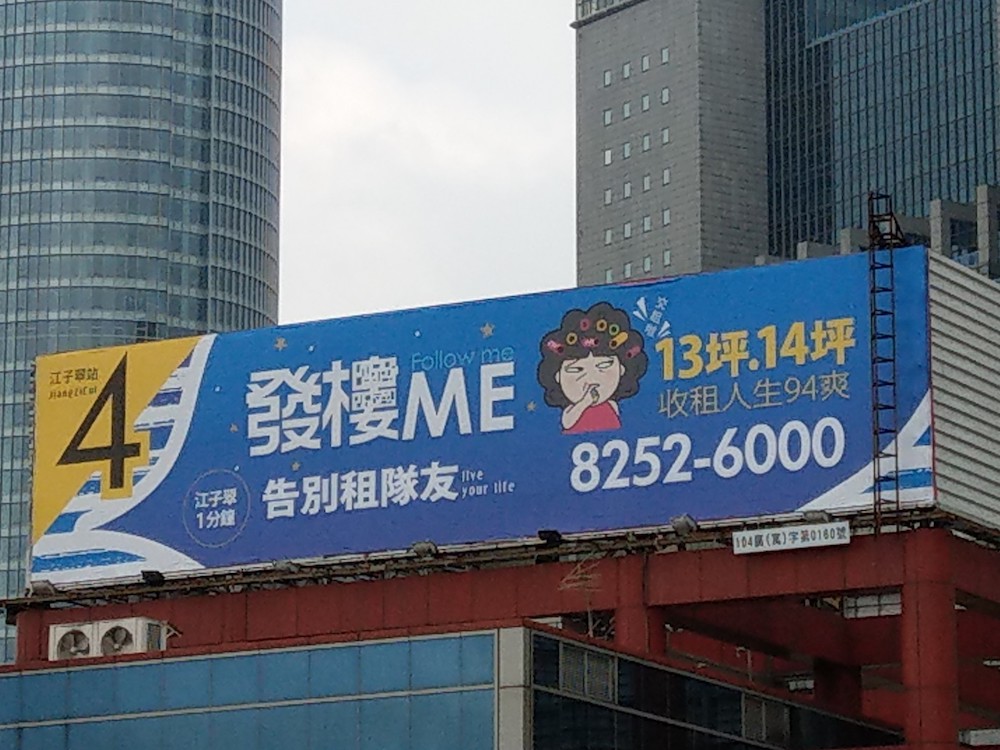IP — a new and much used word in Chinese
Message from Stoyan Gegovski:
I am editing parts of the "Xi'an Investment Guide" (every major city in China issues one of these every year) and I came upon an interesting use of the abbreviation "IP" which might interest you:
"Xīn shídài xīn Xī'ān xīn IP 新时代 新西安 新IP"
It is placed on the third page of the handbook, right after a short introduction of the city and a map of the ancient Silk Road.
I have never encountered such a use of "IP" and I find it quite interesting. The Graduate students tasked with the translation rendered it as "New Era, New Xi’an, New IP", which obviously does not truly represent its meaning. Apparently, even the Chinese are not too sure what it means, as they were also unable to define it.
Read the rest of this entry »


